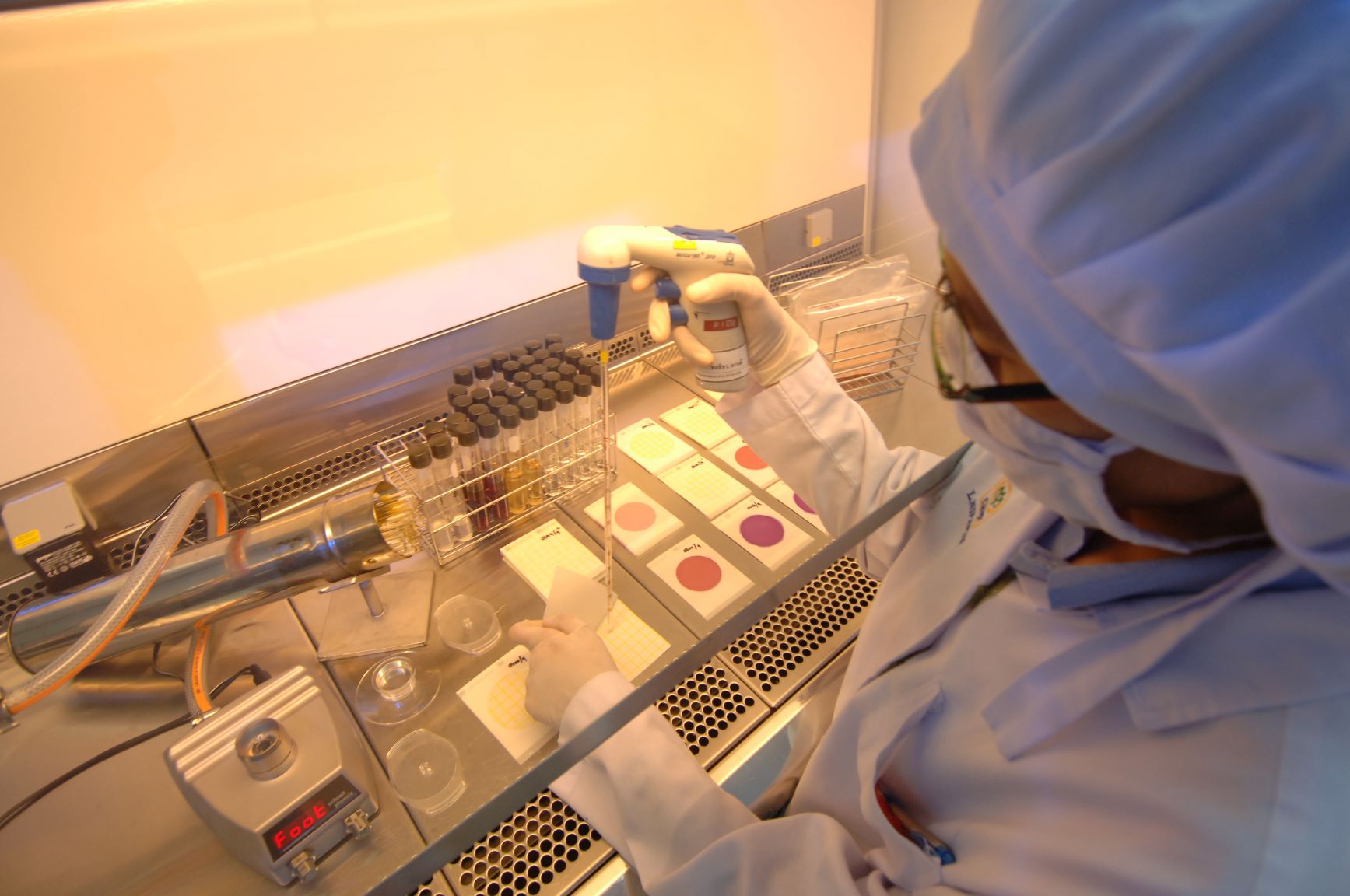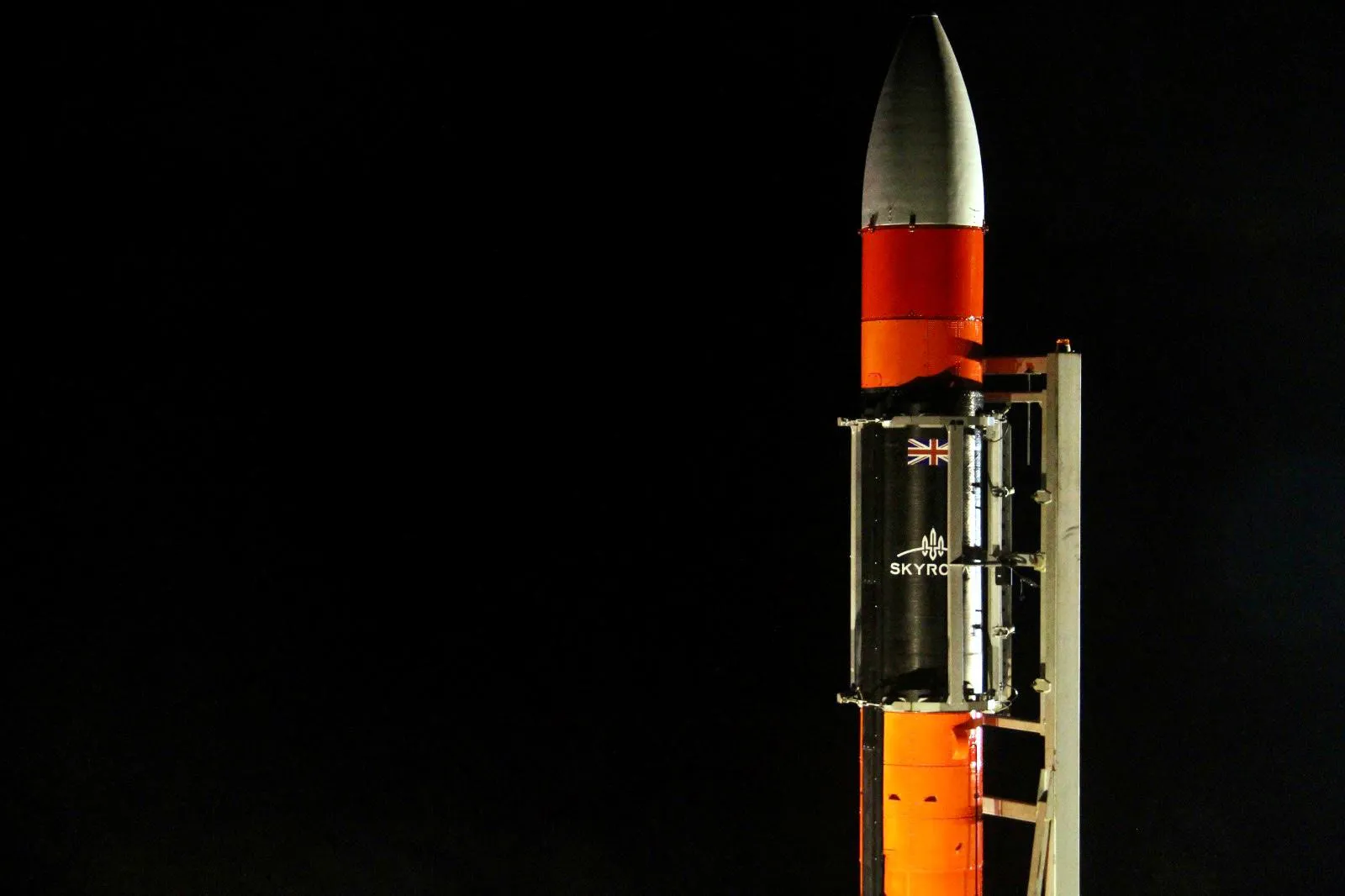Improving agricultural sustainability using satellites

Extensive agriculture has proven itself both unsustainable and cost-effective, as well as ineffective in tackling the impending global food crisis. Traditional farming practices that have a detrimental impact on the environment encourages farmers to implement an innovative approach, and the application of precision agricultural techniques dismantles a multitude of ecological and financial challenges.
Fertile land is not inexhaustible, demonstrated by the 40% of land utilised for food growth globally. Consideration for the way in which this land is treated will assist growers in the optimisation of their land.
Using satellite monitoring, farmers can distribute nutrients depending on the quality of soil and analysis of cultivars. Processed satellite images of a grower’s field enable the farmer to make data-driven decisions, thus optimising the use of products and cutting down on expenses as a result. The application of precise quantities of fertilizer avoids soil degradation consequential to over-enrichment.
The integration of satellite technology into land management allows farmers to analyse the quality of the methods applied and identify the most efficient of the methods applied. Appropriate distribution of fertilizers and water alongside effective and timely troubleshooting contributes to a healthy ecosystem.
Farmers that implement such technology have the opportunity to benefit from the following environmental and operational advantages as a result:
-
Informed decision-making pertaining to areas of land vulnerable to yield losses, as well as timely management of any emerging issues
-
Informed decision-making concerning inbound detrimental weather conditions
-
Crop rotation management centred around up-to-date, relevant data on growing yields and crops
-
Evaluation and recognition of the areas of land with potential crop gains and considerable crop losses
-
Multi-year crop rotation or ‘intercropping’ which positively affects soil fertility and allows such areas of land to produce more yield
-
Selecting the most productive variation of cultivars because of the ability of satellite imagery to demonstrate distinct variations in vegetation
Spatial information regarding areas of land provided by satellite technology is imperative to the improvement of crop management and their inputs. Accurate mapping of crops provides opportunities for farmers to understand crop status, target the application of inputs such as growth regulator, fertiliser, and fungicide, as well as for research organisations and government to monitor agricultural activities.
Earth observation data provided by satellite technology is increasingly being utilised to deliver the relevant spatial information in a timely and within-season manner. Such measurements, whether provided by aircrafts, satellites, or unmanned aerial vehicles (UAVs), can provide information on the canopy structure and canopy surface of the land.
Canopy surface measurements consist of chlorophyll content and greenness levels, the presence of unwanted species like weeds, and damage from pests and disease. Canopy structure measurements can include crop height, biomass, or leaf area index (LAI). The combination of such measurements can be utilised by farmers to better guide their management in decision-making.
References
1. Precision AG (2020), How Satellite Monitoring Can Make Farming More Sustainable
2. AHDB (2018), Satellites for Agriculture



